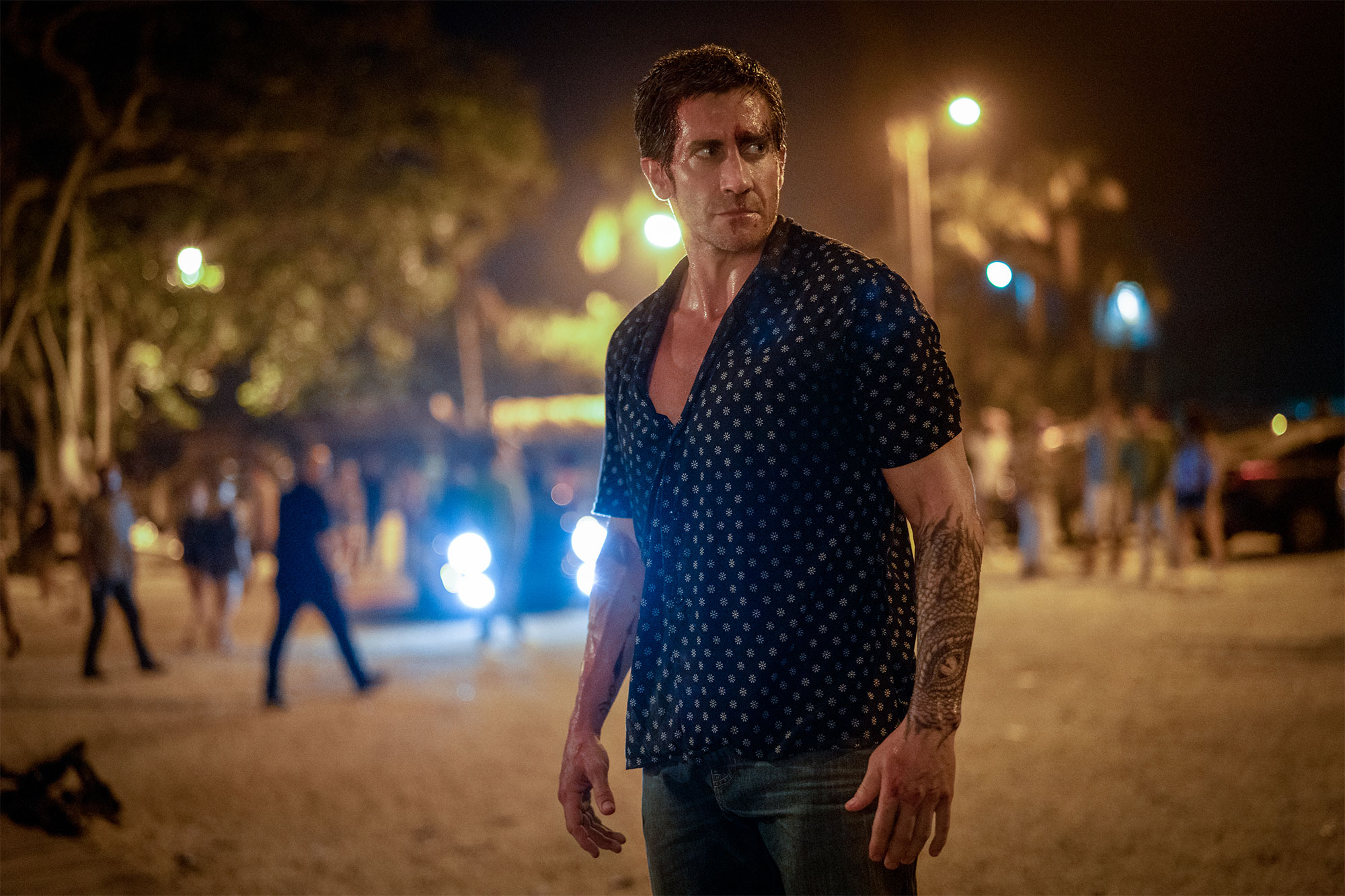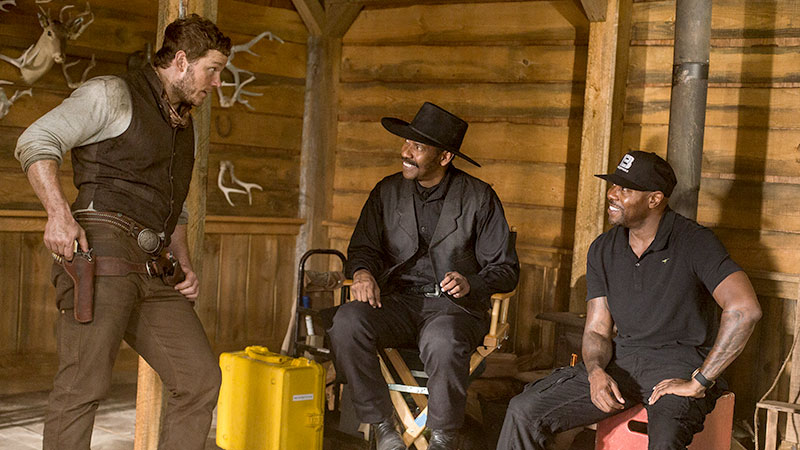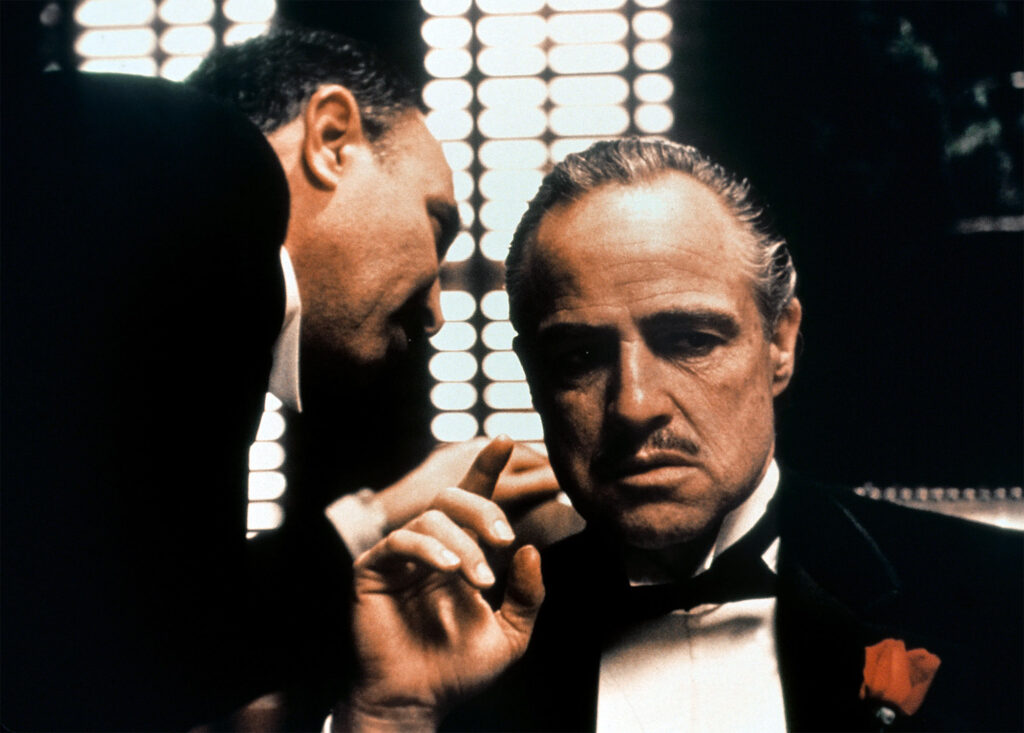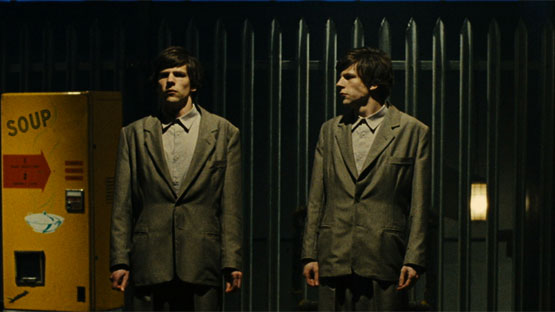In the landscape of cinematic revivals and reimaginings, the announcement of the “Road House” remake was met with a unique blend of skepticism and excitement. This modern reimagining, set to grace screens in 2024, seeks to recapture the gritty charm and visceral thrill of the 1989 original while injecting it with a fresh narrative and contemporary resonances. At the heart of this ambitious project is a dedicated production crew, a visionary director, and a diverse, talented cast, all working together to honor the spirit of the cult classic and to redefine it for a new generation.
Development and Pre-Production: Laying the Groundwork
The journey of bringing the “Road House” remake to life began with the formidable task of reinterpreting the story in a way that resonates with today’s audiences. “We knew we had to tread carefully,” explains Jake Carpenter, the film’s director. “The original ‘Road House’ has such a loyal fan base and occupies a special place in pop culture. Our goal was not to overwrite that legacy but to build upon it, to create something that both pays homage to and transcends its source material.”
Central to this vision was refreshing the narrative framework and character dynamics, while preserving the core themes of redemption, courage, and the relentless pursuit of justice. Screenwriter Lena Michaels recalls, “We delved deep into what made the original so compelling and sought to amplify those elements — the intensity, the camaraderie, the underlying moral struggles — in ways that would resonate with contemporary issues.”

It was Gyllenhaal’s long friendship with Liman that led to him taking on the role of Dalton. The actor affirms, “Doug and I have been friends for close to 20 year, and during that time, we’ve flirted with projects to potentially do together. We were having dinner one evening and he randomly said, ‘I just read this script for a new version ofRoad House,’ and before he finished his sentence, I said, ‘That sounds like a terrible idea. Let’s do it!’”
Casting the New Dalton: A Modern Hero
Filling Patrick Swayze‘s shoes as James Dalton, the enigmatic bouncer with a philosopher’s heart and a martial artist’s finesse, was perhaps the production’s most daunting challenge. After an extensive search, the role was finally entrusted to Chris Hemsworth, whose blend of charisma, physicality, and depth as an actor made him the unanimous choice. “Stepping into this role is incredibly humbling and exhilarating,” Hemsworth shares. “Dalton is such a layered character, balancing raw toughness with profound emotional sensitivity. My aim was to bring my own interpretation while staying true to the essence that Patrick Swayze so brilliantly captured.”
Behind the Scenes: Creating the Action
Revitalizing the action sequences for the 21st century without losing the raw, unpolished edge of the original was a key focus for the production team. Renowned stunt coordinator Alex Rivera was tasked with choreographing the film’s numerous brawls and confrontations, drawing from a range of martial arts disciplines to lend authenticity and variety to the combat. “We wanted the action to feel real, visceral — something you could almost reach out and touch,” Rivera explains. “Every punch, every takedown was meticulously planned to reflect the characters’ psyches and the story’s larger themes.”
In an era dominated by CGI, the production made a conscious decision to rely on practical effects and real stunt work as much as possible, echoing the hands-on approach of the late ’80s. This commitment not only enhanced the film’s aesthetic authenticity but also paid tribute to the original’s action-packed ethos.
Filming Locales: Capturing the Essence
Choosing the right setting was instrumental in recapturing the essence of the Double Deuce, the run-down bar Dalton is hired to clean up. The production settled on a secluded locale in Louisiana, which offered the perfect blend of grit and charm. This setting served as the backdrop for much of the film, becoming a character in its own right. “The location was crucial,” Carpenter states. “It needed to reflect the story’s gritty realism while providing a canvas for the larger-than-life characters and dramatic confrontations.”
The Supporting Cast: A Mosaic of Talent
Beyond the lead role, casting the rest of the ensemble was equally vital. The remake boasts an impressive array of talent, including breakout stars and seasoned veterans. Each was selected for their ability to bring depth and nuance to their roles, further enriching the story’s tapestry. “Our cast is genuinely diverse, representing a variety of backgrounds and experiences,” says Lena Michaels. “They bring so much depth to their performances, creating a world that’s immersive and multi-dimensional.”
Soundtrack and Score: Setting the Tone
Music plays an integral role in establishing the mood and enhancing the narrative of “Road House.” The remake features a carefully curated soundtrack that combines classic rock anthems, bluesy tones, and modern hits, mirroring the eclectic mix that made the original’s soundtrack memorable. Composer Mia Nguyen‘s score, meanwhile, weaves these elements together, creating a sonic landscape that’s both reflective and propulsive. “We aimed to honor the original’s musical legacy while introducing new themes and motifs,” Nguyen comments. “Music is a powerful storytelling tool, and we used it to underscore the emotional and thematic arcs of the film.”
Final Thoughts: A Tribute and a Leap Forward
As the “Road House” remake nears its release, anticipation continues to build. For those involved in its production, the project represents more than a mere retelling. It’s a loving tribute to the original while serving as a testament to the power of cinema to adapt, evolve, and resonate across generations.
“We’ve poured our hearts and souls into this film,” Carpenter concludes. “Our hope is that it not only delights fans of the original but also introduces this story’s timeless appeal to those who may be encountering it for the first time. ‘Road House’ is more than just a movie — it’s a legacy, and we’re honored to be part of its continuing story.”
As audiences gear up for a return to the rowdiest bar in cinema history, the “Road House” remake promises a thrilling ride. With a potent mix of nostalgia and innovation, it’s poised to reaffirm the enduring appeal of its predecessor while carving out its own niche in the annals of action cinema.




